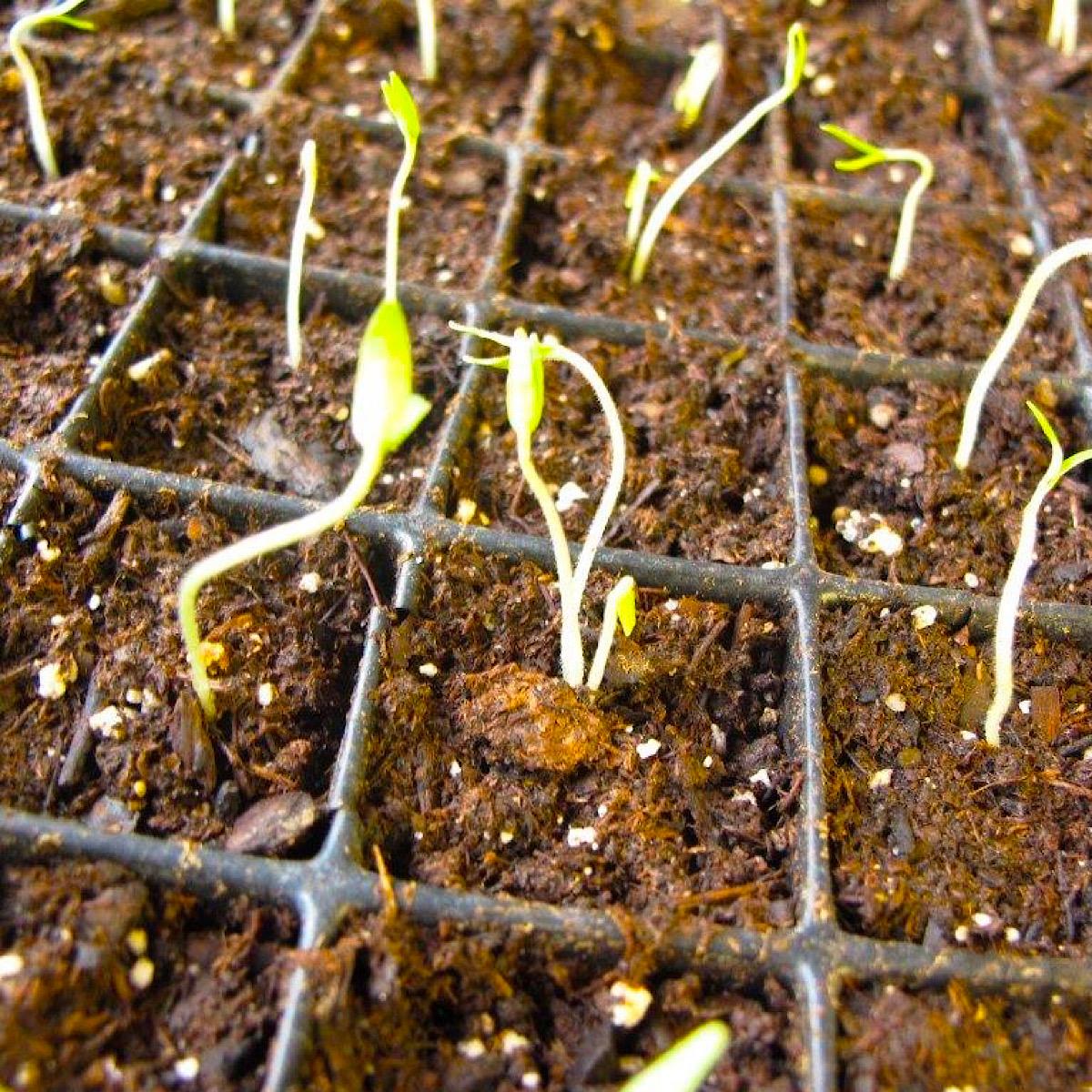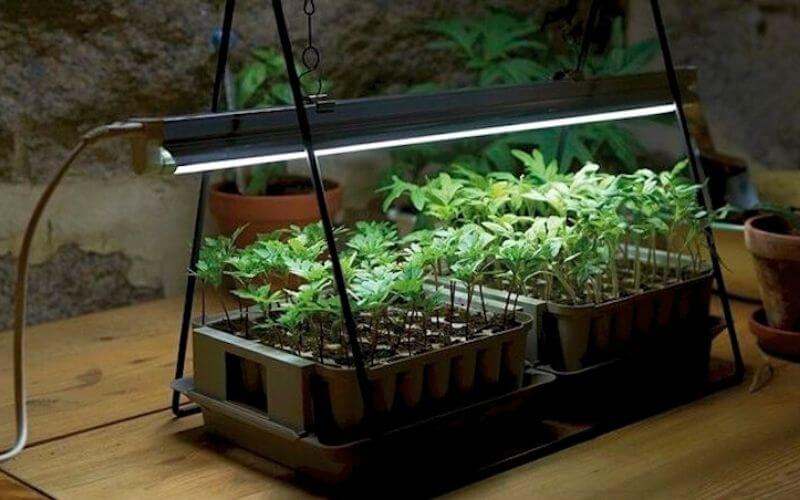How to Grow Plants from Seeds Indoors: A Step-by-Step Guide

Growing plants from seeds indoors is akin to nurturing a tiny universe within your home. Imagine the thrill of watching a minuscule seed transform into a lush, vibrant plant right before your eyes. Whether you’re an experienced gardener or a novice looking to green up your indoor space, this comprehensive guide will walk you through the process of indoor seed germination, seedling care, and windowsill gardening. Let’s dive in!
Why Grow Plants from Seeds Indoors?
Growing plants from seeds indoors offers numerous benefits. Not only does it allow you to enjoy fresh greenery year-round, but it also provides a sense of accomplishment and connection to nature. Indoor planting can improve air quality, add a touch of beauty to your home, and even provide fresh herbs and vegetables for your kitchen.
Essential Tools for Indoor Seed Germination
Before you begin, gather the necessary tools:
- Seeds
- Seed trays or small pots
- Seed-starting mix
- Watering can or spray bottle
- Grow lights (optional but recommended)
- Heating mat (optional)
Step-by-Step Guide to Growing Plants from Seeds Indoors
Step 1: Choose the Right Seeds
Selecting the right seeds is crucial. Opt for seeds that are known to thrive indoors, such as herbs, microgreens, or small flowering plants. Ensure the seeds are fresh and of high quality.
Step 2: Prepare Your Containers
Use seed trays or small pots with drainage holes. Fill them with a well-draining seed-starting mix. Avoid using regular potting soil, as it can be too heavy and may contain disease-causing organisms.
Step 3: Plant the Seeds
Follow the instructions on the seed packet for planting depth. Generally, plant seeds at a depth equal to two to three times their diameter. Gently press the seeds into the soil and cover them lightly with more seed-starting mix.
Step 4: Water Gently
Water the seeds gently using a spray bottle or a watering can with a fine nozzle. The goal is to moisten the soil without displacing the seeds. Keep the soil consistently moist but not waterlogged.
Step 5: Provide Optimal Light and Temperature
Place your seed trays in a location with consistent, indirect sunlight. A windowsill is often ideal for windowsill gardening. If natural light is insufficient, consider using grow lights to ensure your seedlings get enough light.
Maintain a consistent temperature between 65-75°F (18-24°C). A heating mat can help maintain optimal soil temperature for germination.
Step 6: Monitor for Germination
Keep a close eye on your seeds. Depending on the type, germination can take anywhere from a few days to a couple of weeks. Once the seedlings emerge, continue to provide consistent moisture and light.
Step 7: Care for Your Seedlings
Once your seedlings have their first set of true leaves, it’s time to transplant them into larger pots. Handle them gently to avoid damaging the roots. Continue to provide ample light and water as needed.
Step 8: Fertilize and Prune
As your plants grow, they may benefit from a gentle, balanced fertilizer. Follow the instructions on the fertilizer package to avoid overfeeding. Prune your plants as needed to encourage bushier growth and remove any dead or yellowing leaves.
Tips for Successful Indoor Planting
- Consistency is Key: Maintain a consistent watering and light schedule.
- Rotate Your Plants: Ensure all sides of your plants receive equal amounts of light by rotating them regularly.
- Avoid Overwatering: Overwatering can lead to root rot. Allow the top inch of soil to dry out between waterings.
- Monitor for Pests: Keep an eye out for common indoor pests like aphids and spider mites. Treat them promptly if detected.
Conclusion
Growing plants from seeds indoors is a rewarding hobby that brings nature into your home. By following this step-by-step guide, you can successfully germinate seeds, care for seedlings, and enjoy the fruits of your labor. Remember, patience and consistency are key. Happy planting!
FAQs
What are the best seeds to start indoors?
- Herbs like basil and parsley, microgreens, and small flowering plants like marigolds and petunias are excellent choices for indoor seed germination.
How often should I water my seedlings?
- Water your seedlings when the top inch of soil feels dry. Overwatering can lead to root rot, so be cautious.
Do I need grow lights for indoor planting?
- Grow lights are not always necessary but can be beneficial if natural light is insufficient. They ensure your seedlings get the light they need to grow strong and healthy.
How do I know when to transplant my seedlings?
- Transplant your seedlings when they have developed their first set of true leaves. This indicates that the plant is strong enough to handle the move.
What should I do if my seedlings are not growing well?
- Check for adequate light, consistent watering, and optimal temperature. If these factors are in order, consider using a gentle fertilizer to boost growth.


For more detailed information on indoor gardening, visit the Royal Horticultural Society and Gardeners' World. These resources offer a wealth of knowledge and tips for successful indoor planting.
0 Response to "How to Grow Plants from Seeds Indoors: A Step-by-Step Guide"
Post a Comment